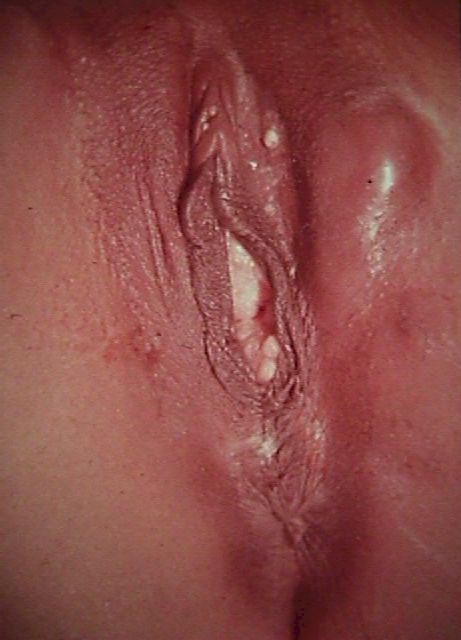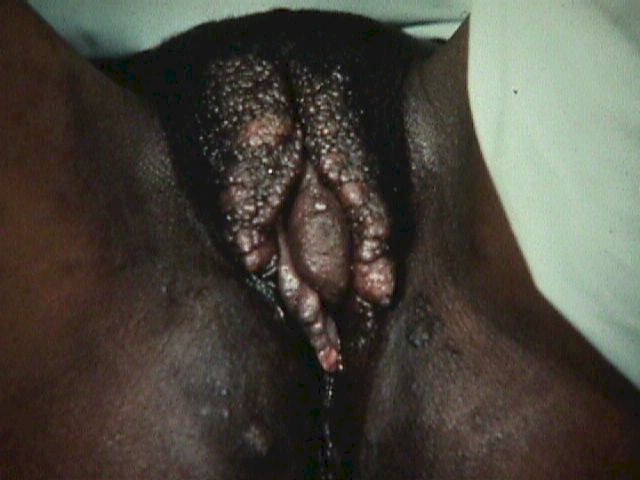Lymphogranuloma Venereum
Lymphogranuloma venereum is an uncommon sexually-transmitted disease
caused by a variant of Chlamydia trachomatis.
Following initial exposure, there is mild, blister-like formation which is
frequently unnoticed. Within the following month, there is ulceration of the vaginal,
rectal or inguinal areas. At this stage, the disease is very painful, particularly with
walking, sitting and with bowel movements. The stool may be blood-streaked.
Hard tender masses (buboes) arise in the inguinal area at this stage and
are characteristic of the disease.
As the disease progresses untreated, extensive scarring in the rectal area
may require surgery to enable normal bowel movements. Scarring in the vaginal area can
lead to painful intercourse or make intercourse basically impossible.
Confirmation of the disease is optimally achieved with a positive
Chlamydia trachomatis serotype culture from a bubo. Often, less specific tests, such as
serum complement fixation test with acute and convalescent samples are used. In many
operational settings, none of these tests are available and the diagnosis is made by
history of exposure, visual appearance of the lesions and known prevalence in the
population.
Optimal treatment is:
Because Azithromycin is effective against other presentations of
Chlamydia trachomatis, it is likely, but unproven that use of multiple doses over several
weeks would be effective against LGV (Azithromycin 1.0 g orally once weekly for 3 weeks)
CDC Treatment Guidelines
|



